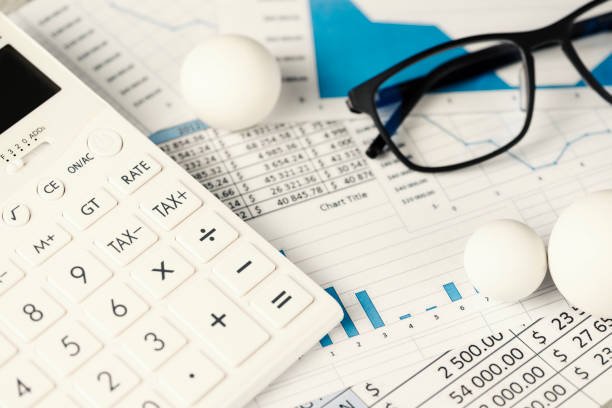Round to the Nearest Tenth

We've all come across rounding to the local tenth, however do you understand how to do it properly? It's an usual mathematical practice, and also it can aid you make your calculations much more accurate as well as simpler to check out. Whether you're computing an overall or an adjustment, round to the nearest tenth calculator is a helpful tech trick that makes math much easier to understand as well as perform. Altering the decimal area is very easy and you can do this by including or eliminating the figures after the decimal factor.
This step is necessary for lots of estimations, due to the fact that it's the most exact and practical way to manage small amounts. When doing estimations in a calculator, remember to round to the local tenth, as well as you'll be able to see exactly how much the number you're working with will transform when you make the modification. In addition to making use of the tenth area to figure out the worth, you can additionally round your numbers up or down to the nearby tenth. As an example, if you recognize the distinction between 1.7 and 4.4, you can utilize the rounded variation of 4.7 to obtain a significant quote. To prevent this issue, ensure you round to the nearby twelfth. This will ensure that your trainees will certainly be able to collaborate with small amounts of cash without using calculators.
When rounding numbers, take into consideration the tenth area. If the number is more than a certain worth, the tenth location need to be rounded up. If it's less, round to the tenth area. The hundredth area is a space in the decimal system. If you require to round your numbers to the nearest twelfth, you'll require to consider the digit quickly after the tenth location. When rounding decimal numbers, we need to take into consideration just how each location is related to the others. If a number is rounded to the tenths area, it means that the tenths place is smaller sized than the tenths area. As an example, if the number is rounded to the tenth, a five-dollar bill would be a dollar bill, while a four-dollar bill would be rounded to the tenths area. Use the round nearest hundred calculator to ease up your maths work.
When rounding a number to the nearest tenth, we take a look at the digits to the right of the comma. If the number is a multiple of five, the figures to the right will be dropped. If the digits are not the very same, we must round them to the nearest tenth. If a hundredth is much less than a dollar, a comma is the first digit to round. When rounding a number, we need to think about the number's area worth. If the number is greater than a hundredth, we must round to the tenth. If it is less than five, we must round to the local tenth. The tenths are smaller than five, and it's not necessary to divide the number by ten. As a whole, we must round to the smallest figure. See this link: https://en.wikipedia.org/wiki/Rounding, if you need more useful insights on this topic.
